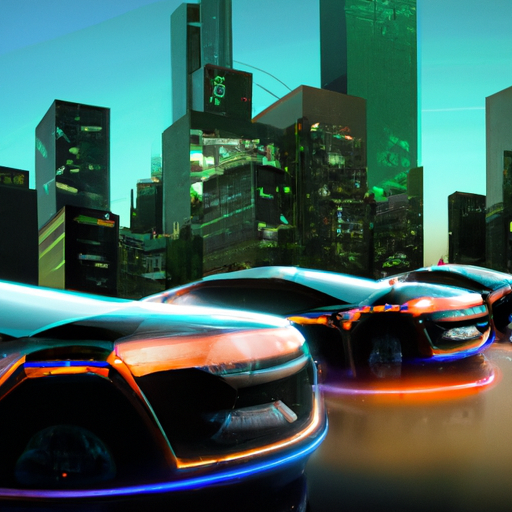According to a promising forecast by the Electric Vehicle Association of the Philippines (EVAP), projections indicate that as many as 6 million electric vehicles will cruise the streets of the Philippines by 2030. The strong upward trend of the industry, combined with government and private sector support for all types of electric vehicles, make this a viable target.
Breaking Down the Numbers
EVAP President, Edmund Araga, believes that the timely promotion and proper implementation of Republic Act No. 11697 or the Electric Vehicle Industry Development Act (EVIDA) will prove essential to achieving this goal. Between now and 2030, more than half of the projected 6.6 million e-vehicles will be two-wheeled vehicles – a trend reflected in current market figures showing that 60 percent of e-vehicles in the Philippines are two-wheelers. The remaining 15% is expected to be distributed among electric buses, commercial vehicles, equipment and cars.
Leveraging Supportive Policies for EV Growth
Acceleration in the EV market hinges on proactive government policies promoting manufacturing of EVs and necessary infrastructure, such as charging stations. EVAP’s pivotal role in crafting the law promoting energy efficiency and sustainability demonstrates the resonance of this focus at a legislative level. The picture continues to evolve, influenced by changes in policy, market reaction, and EV adoption.
Spotlight on 11th Philippine Electric Vehicle Summit (PEVS)
This year’s PEVS showcased electric vehicles from a diverse range of car makers and distributors. This distinctive show featured a multitude of vehicle offerings ranging from compact cars to luxurious SUVs. Leading manufacturers like Hyundai, Lotus, DongFeng, Chery showcased some of their most famous EV models to the thousand attendees.
Notable Absences and New Introductions
Despite the stellar lineup, a few notable car makers like Mitsubishi Motors, GAC, Omoda, and Toyota who have electrified offerings were absent. Contributing to the excitement of the event was the much-anticipated introduction of new up-and-coming EV brand Moretti, showing off their super compact micro-SUV.
Fostering an Environment for EVs
EVIDA mandates measures such as requiring 5% of corporate and government fleets to be composed of electric vehicles and offering incentives like dedicated parking with charging stations. These initiatives along with tax exemptions and tariff eliminations will contribute significantly to fostering an attractive environment for E-vehicle adoption.
Supporting Local Manufacturing and More with Government Incentives
To promote the local manufacturing sector for electric vehicles, the Department of Trade and Industry is considering subsidies for locally produced e-vehicles. Meanwhile, the Comprehensive Automotive Resurgence Strategy and Executive Order (EO) 12 aim to make e-vehicles more cost-competitive.
Accelerating Adoption and Industry Development
The collaboration between EVAP and the Department of Energy has been instrumental in accelerating the adoption of EVs, guided by the Comprehensive Roadmap for the Electric Vehicle Industry (CREVI). The launch of a new project by the United Nations Industrial Development (UNIDO) targeting the acceleration of electric mobility adoption was also a major highlight of this year’s PEVS.
This year’s PEVS is a clear demonstration of concerted efforts from EVAP, the Manila Electric Company, the Department of Energy, and Nissan Philippines highlighting the thriving state of the electric vehicle industry in the Philippines.
























